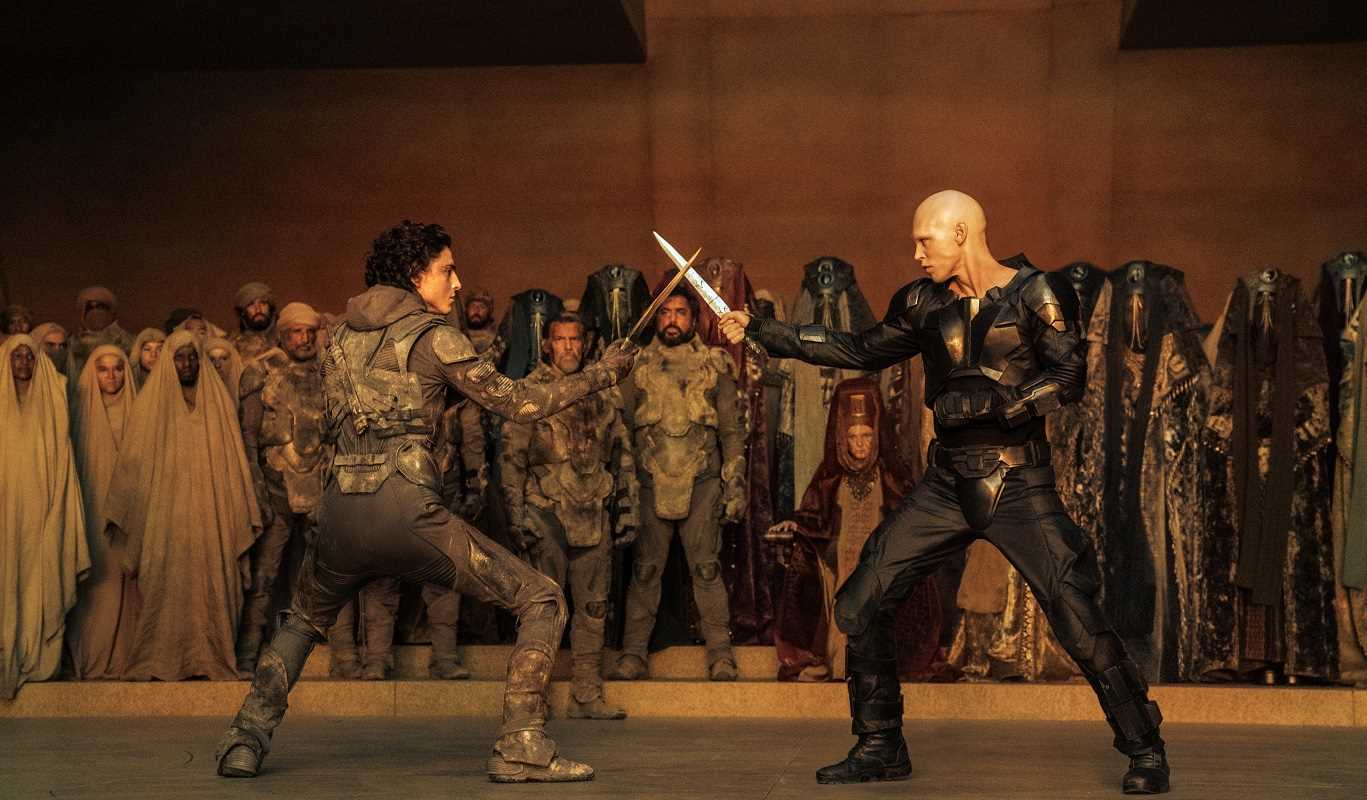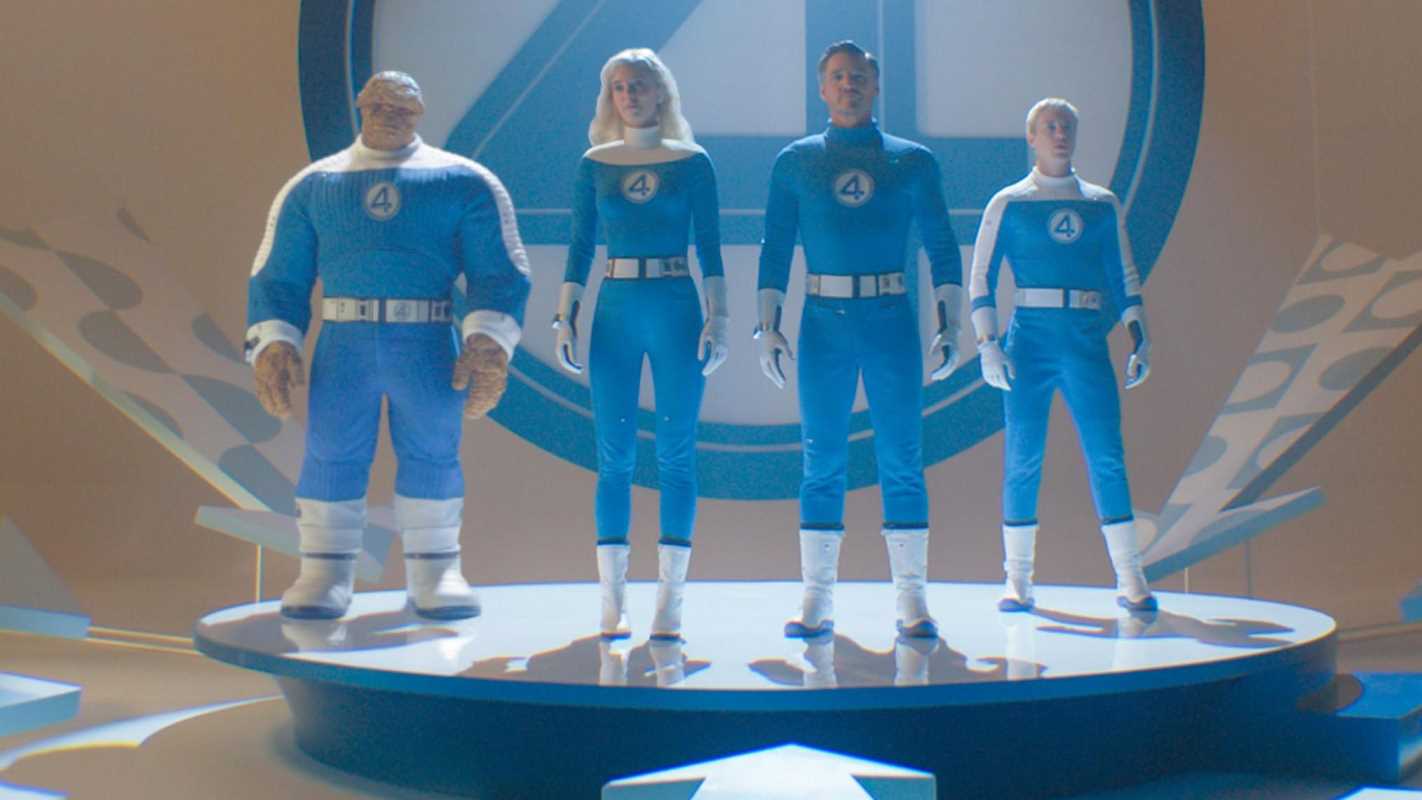Denis Villeneuve has accomplished what many deemed impossible: creating a science fiction epic that honors Frank Herbert's complex source material while delivering spectacular cinema that resonates with contemporary audiences. "Dune: Part Two" represents the culmination of meticulous filmmaking craftsmanship, establishing itself as essential viewing for anyone seeking transformative cinematic experiences.
Visual Mastery and Technical Excellence
The film's visual presentation achieves unprecedented levels of sophistication in science fiction cinema. Greig Fraser's cinematography captures the vast desert landscapes of Arrakis with breathtaking clarity, utilizing natural lighting and practical locations to create authentic otherworldly environments. The sweeping shots of sand dunes stretching beyond horizons establish the planet's inhospitable beauty while emphasizing the characters' insignificance within this hostile ecosystem.
Production designer Patrice Vermette has constructed a lived-in universe where every architectural detail serves narrative purposes. The Fremen sietch complexes feel genuinely functional, incorporating sustainable design principles that reflect their inhabitants' adaptation to desert survival. The ornithopters maintain their distinctive insect-like appearance from the first film while demonstrating enhanced mechanical complexity during extended action sequences.
The sandworm sequences represent technical achievement at its finest. These massive creatures possess tangible weight and presence, avoiding the artificial quality that often plagues computer-generated imagery. The sound design accompanying their emergence creates visceral impact that transforms theater viewing into immersive sensory experience. Hans Zimmer's musical contributions complement these moments with thunderous compositions that emphasize both beauty and terror.
Character Development and Performance Excellence
Timothée Chalamet's portrayal of Paul Atreides demonstrates remarkable evolution from the previous installment. His performance captures Paul's transformation from reluctant heir to messianic leader while maintaining the character's internal conflicts regarding destiny and free will. Chalamet effectively conveys the psychological toll of prescient visions and political manipulation, creating authentic emotional resonance within the epic narrative framework.
Zendaya brings depth and agency to Chani that expands beyond her limited presence in the first film. Her performance balances romantic elements with fierce independence, presenting a character whose loyalty stems from conviction rather than mere devotion. The chemistry between Chalamet and Zendaya feels natural and unforced, supporting the story's emotional core without overwhelming its political complexities.
Rebecca Ferguson's Lady Jessica continues to exemplify complicated maternal relationships within political machinations. Her portrayal of Bene Gesserit training conflicting with protective instincts creates compelling internal drama. Ferguson demonstrates remarkable range as Jessica navigates her roles as mother, concubine, and religious figure among the Fremen population.
Javier Bardem's Stilgar provides both humor and gravitas as the Fremen leader who becomes increasingly convinced of Paul's divine nature. Bardem balances comedic moments with serious character development, creating a figure whose devotion feels earned rather than convenient to the plot progression.
Narrative Structure and Pacing Excellence
The screenplay by Villeneuve and Jon Spaihts maintains remarkable fidelity to Herbert's source material while adapting complex philosophical concepts for visual storytelling. The film addresses themes of religious manipulation, environmental exploitation, and colonial resistance without sacrificing entertainment value or narrative momentum. Political intrigue develops organically through character interactions rather than exposition-heavy dialogue sequences.
The pacing allows adequate time for character development while maintaining tension throughout the extended runtime. Action sequences feel earned through careful buildup rather than arbitrary spectacle insertion. The film's emotional beats resonate because they emerge from established character relationships and philosophical conflicts rather than manufactured dramatic moments.
The integration of dreams and visions into the narrative structure creates coherent temporal complexity that enhances rather than confuses story comprehension. Paul's prescient abilities manifest through careful visual design that distinguishes between reality and possibility without relying on obvious stylistic differences.
Cultural Depth and World-Building Achievement
"Dune: Part Two" presents one of the most thoroughly realized fictional cultures in science fiction cinema. The Fremen society demonstrates internal complexity through religious practices, survival strategies, and social hierarchies that feel authentic to their environmental circumstances. The film avoids orientalist stereotypes while drawing inspiration from various desert cultures to create something genuinely unique.
The spice-harvesting sequences showcase the planet's economic systems through spectacular visual storytelling. These moments effectively demonstrate why Arrakis remains strategically valuable while illustrating the environmental costs of exploitation. The relationship between ecology and politics emerges naturally through these carefully constructed scenes.
Language construction adds authenticity to cultural representation. The Fremen terminology and religious concepts integrate seamlessly into dialogue without requiring excessive explanation. The film trusts audiences to comprehend meaning through context rather than heavy-handed exposition.
Action Sequences and Choreography
The combat sequences demonstrate exceptional choreography that serves character development alongside spectacle. The knife fights incorporate Fremen fighting techniques that reflect their cultural values and survival necessities. These moments feel visceral and consequential rather than merely decorative elements within the broader narrative structure.
The large-scale battle sequences achieve remarkable clarity despite their scope and complexity. Individual character actions remain comprehensible within chaotic environments, maintaining emotional investment throughout extended action segments. The sandworm-riding sequences combine practical effects with digital enhancement to create believable integration between human characters and massive creatures.
Thematic Resonance and Contemporary Relevance
The film's exploration of messianic leadership carries particular weight in contemporary political contexts. Paul's reluctance to embrace prophetic destiny while simultaneously manipulating religious fervor creates complex moral terrain that resists simple interpretation. The story examines how charismatic leadership can inspire both liberation and destruction within oppressed populations.
Environmental themes emerge through Arrakis's ecological systems without heavy-handed messaging. The relationship between spice production and planetary destruction offers commentary on resource exploitation while maintaining narrative focus on character development and political intrigue.
Technical Innovation and Craft Excellence
The film demonstrates how practical effects and digital technology can collaborate to create seamless visual experiences. The balance between real locations and studio work creates authentic environments that support rather than distract from performance quality. Every technical element serves story purposes rather than existing purely for impressive display.
Sound design creates immersive audio landscapes that enhance both intimate character moments and spectacular action sequences. The audio mixing ensures dialogue clarity while maintaining dynamic range during complex scenes involving multiple sound layers.
Final Assessment and Recommendation
"Dune: Part Two" represents exceptional achievement in contemporary science fiction filmmaking. The film successfully balances complex source material adaptation with accessible storytelling that welcomes both dedicated fans and newcomers to Herbert's universe. Villeneuve has created definitive cinematic interpretation of one of literature's most challenging works.
Every technical and artistic element contributes to coherent vision that respects intellectual depth while delivering spectacular entertainment. The film demonstrates that ambitious filmmaking can achieve both critical acclaim and popular appeal without compromising artistic integrity.
This represents essential viewing for anyone interested in science fiction cinema's potential for meaningful storytelling within spectacular presentation. "Dune: Part Two" establishes new standards for adaptation excellence while creating unforgettable cinematic experience that will influence genre filmmaking for years to come.
Rating: 10/10
 (Image via
(Image via

.jpg)



